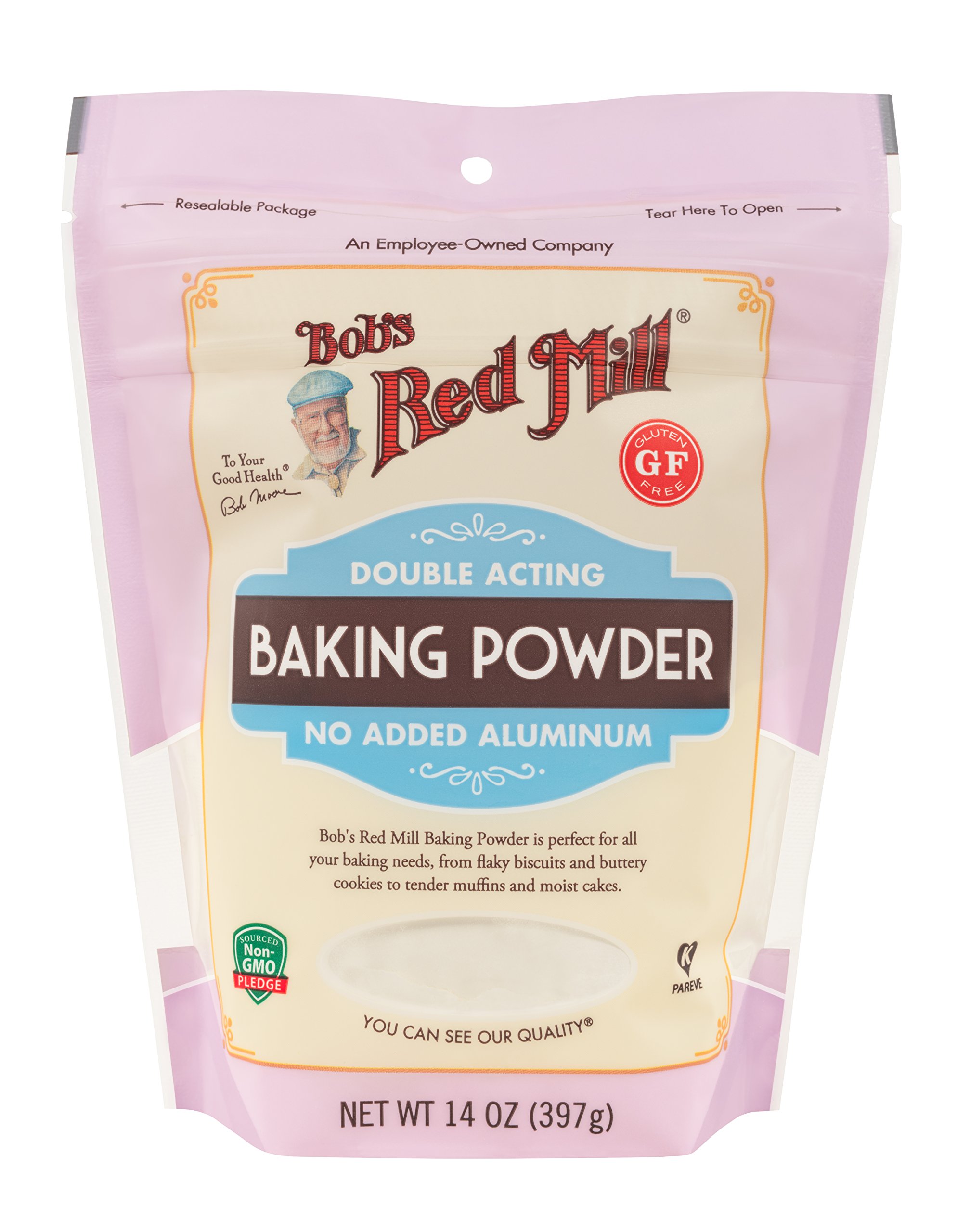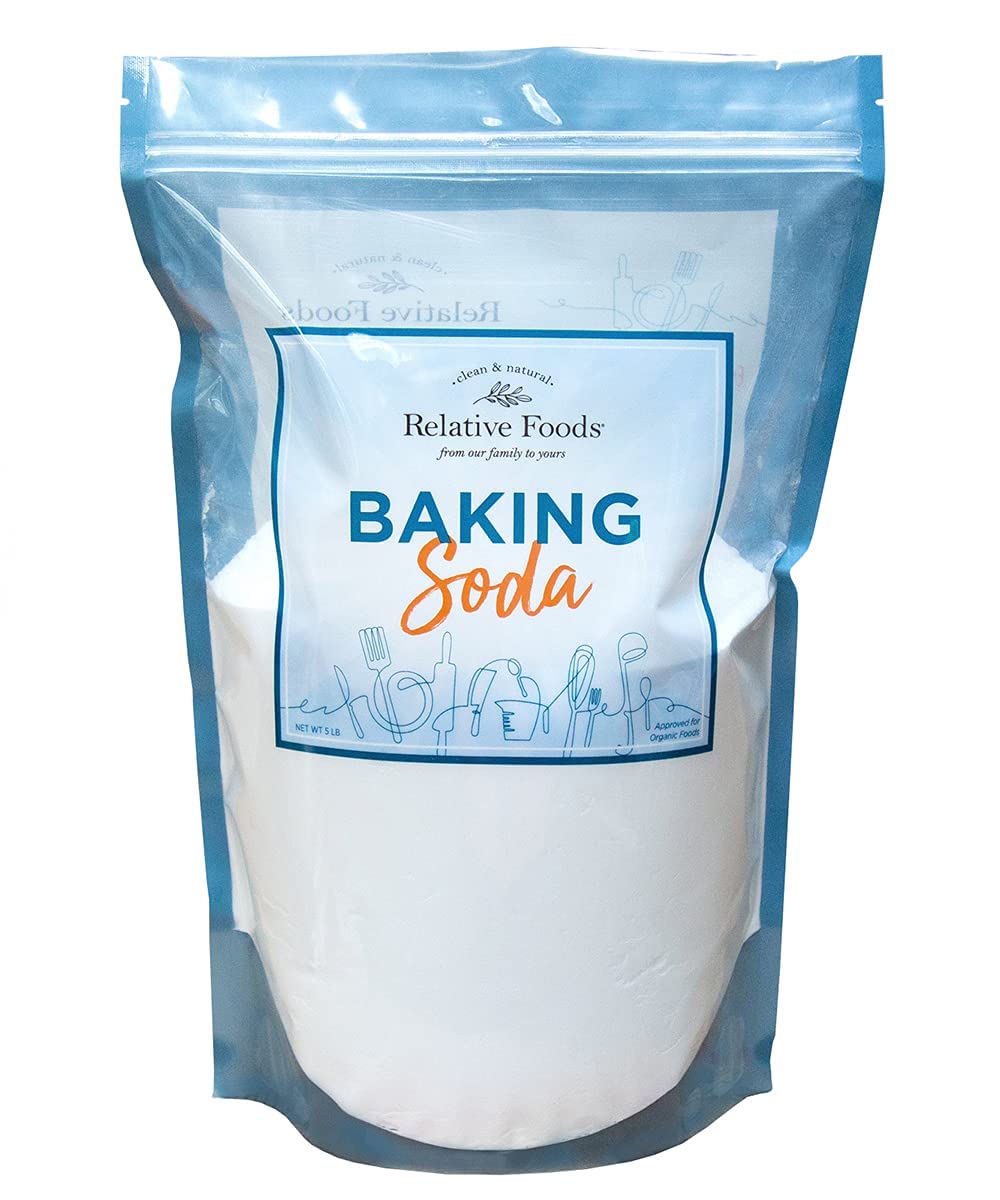You know how it is, you’re all set to bake something, maybe some nice weekend muffins, and then – disaster. You reach for the baking powder and the tin is practically echoing. That was me last Tuesday. Stood there, flour already in the bowl, and not a pinch of leavening agent to be found. And honestly, I’d been thinking for a while about all the stuff they put in the store-bought ones. Some have aluminum, others just have a list of ingredients I can’t even pronounce. So, I figured, right, today’s the day. I’m making my own organic baking powder.
First things first: Getting the Goods
So, off I went on a little ingredient hunt. It’s not like you need a ton of weird stuff, thankfully. My main goal was to keep it as ‘clean’ and organic as possible. Here’s what I rounded up:

- Organic Cream of Tartar: This is the workhorse, really. Found a decent brand online.
- Baking Soda: Made sure to get one that was aluminum-free. Most are these days, but always good to check the label.
- Organic Arrowroot Starch: Some folks use cornstarch, but I had arrowroot on hand, and it works great to keep things from clumping up and absorbing moisture. Plus, organic is a bonus.
Took a bit of looking around to get all organic versions, but I managed it. Felt pretty good about that, not gonna lie.
The Actual “Making Of” Bit
Alright, so I got back to my kitchen, laid out my supplies like some kind of baking scientist. It’s actually dead simple, but you do need to be a bit precise. No eyeballing it here, folks.
First, I grabbed a super clean, super dry glass jar with a tight-fitting lid. Moisture is the enemy of homemade baking powder, so dry is key. Wiped it out again just to be sure.
Then, the measuring. The generally accepted ratio is two parts cream of tartar to one part baking soda and one part starch. So, for my little batch, I carefully measured everything out. I used a small spoon, making sure each spoonful was level.
Once I had my little piles of white powder, it was time to combine them. Now, this is important: you gotta sift it. And not just once. I put all three ingredients into a fine-mesh sieve over a clean bowl. Sifted it through. Then I tipped it back into the sieve and did it again. And then, just for good measure, a third time. This might sound like overkill, but it really helps to get everything super well combined and aerated. You don’t want a clump of pure baking soda hitting your tongue in a muffin. Urgh, been there, done that with a rushed batch years ago – never again!
After the sifting marathon, I gave it a final gentle whisk with a dry fork, just to be absolutely sure. The mixture looked lovely and fine, just like the stuff you buy, but, you know, better, because I made it!
Storing My Precious Powder
I carefully spooned my freshly made organic baking powder into that clean, dry jar I mentioned. Sealed it up tight. I even stuck a little label on it, feeling quite chuffed with myself. It’s best to store it in a cool, dark place, just like any other spice or baking ingredient.

And that’s pretty much it! It didn’t take long at all. Now I have my own little stash of organic baking powder, and I know exactly what’s in it. Plus, it actually works! I made some pancakes the next morning to test it out, and they were perfectly fluffy. Success! It’s definitely something I’ll be doing from now on. No more last-minute store runs for me, at least not for baking powder.













